Pin or Red. . . which is the best Oak?
jlaitar
11 years ago
Featured Answer
Comments (27)
Smivies (Ontario - 5b)
11 years agoRelated Professionals
Eden Prairie Landscape Architects & Landscape Designers · New Mexico Landscape Architects & Landscape Designers · Allentown Landscape Contractors · Wake Forest Landscape Contractors · Waterbury Landscape Contractors · Costa Mesa Landscape Contractors · Homewood Landscape Contractors · New Providence Landscape Contractors · San Carlos Park Landscape Contractors · Washington Landscape Contractors · San Pablo Landscape Contractors · Farmington Siding & Exteriors · Southampton Siding & Exteriors · Green Bay Decks, Patios & Outdoor Enclosures · Methuen Decks, Patios & Outdoor Enclosuresken_adrian Adrian MI cold Z5
11 years agopoaky1
11 years agopoaky1
11 years agopoaky1
11 years agojlaitar
11 years agowhaas_5a
11 years agodrrich2
11 years agoken_adrian Adrian MI cold Z5
11 years agojimbobfeeny
11 years agopoaky1
11 years agobengz6westmd
11 years agojimbobfeeny
11 years agoohiotreeguy
9 years agopoaky1
9 years agohamburglar1
9 years agohairmetal4ever
9 years agobrandon7 TN_zone7
9 years agoHurtle
9 years agoNHBabs z4b-5a NH
9 years agobengz6westmd
9 years agohamburglar1
9 years agoj0nd03
9 years agoUser
9 years agoj0nd03
9 years agopoaky1
9 years ago
Related Stories

KITCHEN DESIGNHouzz Quiz: Which Kitchen Backsplash Material Is Right for You?
With so many options available, see if we can help you narrow down the selection
Full Story
KITCHEN DESIGN12 Great Kitchen Styles — Which One’s for You?
Sometimes you can be surprised by the kitchen style that really calls to you. The proof is in the pictures
Full Story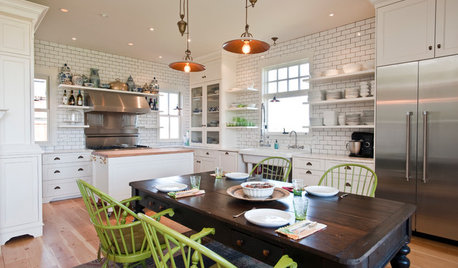
KITCHEN ISLANDSWhich Is for You — Kitchen Table or Island?
Learn about size, storage, lighting and other details to choose the right table for your kitchen and your lifestyle
Full Story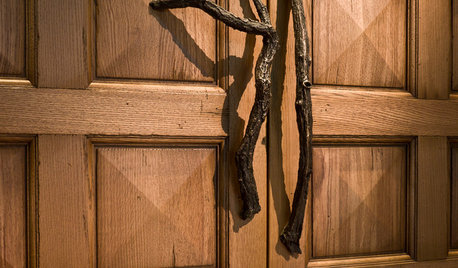
WOODWoodipedia: Make a Solid Choice With Oak
Forget those low-end products of old. Red and white oak today are beautiful, versatile and relatively inexpensive
Full Story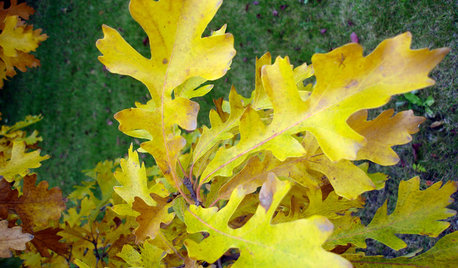
GARDENING GUIDESCelebrate Eastern Oaks for Wildlife, Longevity and Seasonal Interest
There might not be a more important tree to have in your eastern U.S. landscape — if you can fit one in
Full Story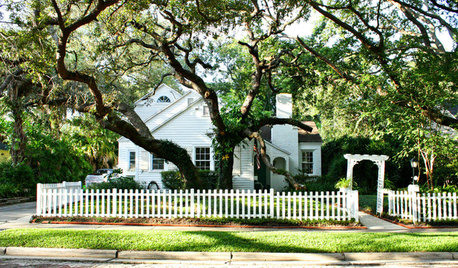
TREESGreat Design Plant: Southern Live Oak Offers an Unbeatable Canopy
Keep it dense or prune it for more light. No matter how you grow Quercus virginiana, it’s a majestic addition to its native landscape
Full Story
REMODELING GUIDESRenovation Material: Cerused Oak
This traditional material adds welcome texture to the sleek surfaces of modern furniture, cabinetry and more
Full Story
DECORATING GUIDES10 Ways a Red Lamp Shade Can Sass Up a Room
Energize a neutral palette, refine a rustic look ... where a red shade goes, liveliness is sure to follow
Full Story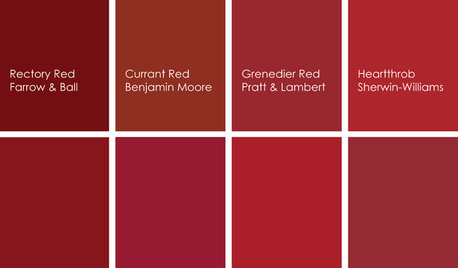
KITCHEN DESIGNCooking With Color: When to Use Red in the Kitchen
Candy Apple Red, Red Licorice and more for your kitchen walls, cabinets or island? The color choices are as delicious as they sound
Full Story
COLORBathed in Color: When to Use Red in the Bath
Rev up your space and flatter all skin tones with bold, beautiful red on bathroom walls, floors and fixtures
Full StoryMore Discussions









Embothrium